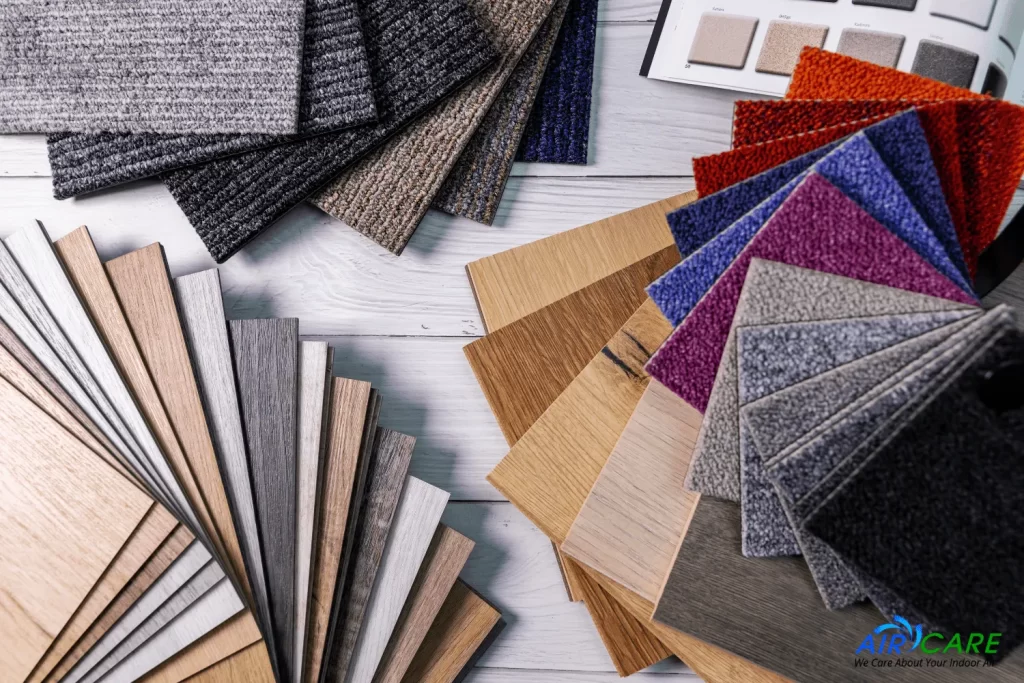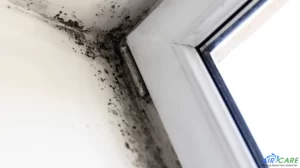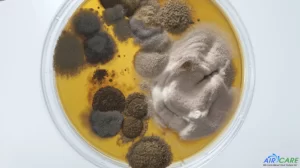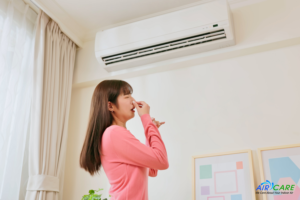7 Surprising Sources of Indoor Air Pollution

When we think of air pollution, we often envision smoggy skies and industrial emissions. However, many people are unaware that indoor air quality can be just as harmful to our health. In fact, the air inside our homes and workplaces can be more polluted than the outdoor air. While common sources such as cigarette smoke and cleaning products are well-known culprits, there are several surprising sources of indoor air pollution that we often overlook.
In this article, we will explore seven unexpected sources of indoor air pollution and how to address them to improve the air quality in our living spaces.
Household Cleaners and Personal Care Products
While we expect our cleaning products and personal care items to keep our homes and bodies clean, they can also release harmful chemicals into the air. Many common household cleaners, air fresheners, and personal care products contain volatile organic compounds (VOCs) that can contribute to indoor air pollution. These VOCs can lead to respiratory irritation, headaches, and even long-term health effects.
To minimize exposure, opt for natural cleaning alternatives such as vinegar, baking soda, and essential oils. Look for personal care products labeled as “fragrance-free” or “low VOC,” and consider using natural options whenever possible.
2. Carpets and Flooring Materials

Carpets and certain flooring materials, such as vinyl and laminate, can emit volatile organic compounds and other chemicals into the air. These materials often contain adhesives, dyes, and synthetic fibers that release potentially harmful substances. Additionally, carpets can trap dust, pet dander, and allergens, further compromising indoor air quality.
To reduce indoor air pollution from flooring, choose natural materials like hardwood, cork, or bamboo, and opt for low-VOC adhesives and finishes. Regular vacuuming with a high-efficiency particulate air (HEPA) filter vacuum cleaner and professional carpet cleaning can also help maintain cleaner indoor air.
3. Upholstered Furniture and Mattresses
Upholstered furniture and mattresses are another unexpected source of indoor air pollution. These items are often treated with flame retardants, stain repellents, and other chemicals that can off-gas volatile organic compounds over time. Prolonged exposure to these chemicals can lead to respiratory problems, hormone disruption, and other health issues.
Consider choosing furniture and mattresses made from natural, untreated materials. Look for products that are certified as low in VOCs or free from harmful chemicals. If purchasing new furniture is not feasible, consider using protective covers or airing out the items in a well-ventilated area before bringing them indoors.
4. Gas Stoves and Appliances
Gas stoves and appliances can release pollutants into the air, including carbon monoxide, nitrogen dioxide, and formaldehyde. These gasses can be harmful, particularly in poorly ventilated spaces. Long-term exposure to these pollutants has been linked to respiratory problems, cardiovascular issues, and other health conditions.
To minimize the impact of gas stoves and appliances, ensure proper ventilation in your kitchen by using exhaust fans or opening windows while cooking. Regularly inspect and maintain your gas appliances to ensure they are operating efficiently and safely.
5. Candles and Incense
While candles and incense can create a cozy atmosphere, they can also release harmful substances into the air when burned. Paraffin candles, in particular, emit soot and potentially toxic chemicals. Incense can release particulate matter and volatile organic compounds.
Consider using alternative options such as beeswax or soy candles, which are made from natural materials and emit fewer toxins when burned. Look for incense made from natural ingredients and use them in well-ventilated areas or consider using essential oils and diffusers instead.
6. Building Materials and Furniture Finishes
Newly constructed or renovated buildings often emit a variety of pollutants from building materials and furniture finishes. These include formaldehyde, benzene, and other VOCs that can be harmful when inhaled. These pollutants can persist for months or even years after construction or renovation.
If possible, allow new building materials and furniture to off-gas in a well-ventilated area before installation. Look for products with low VOC emissions and consider using eco-friendly building materials and finishes.
7.Pesticides and Herbicides
Using pesticides and herbicides indoors can have unintended consequences on indoor air quality. These chemical substances can linger in the air and surfaces, leading to potential health risks for occupants. Children and pets are particularly vulnerable to the harmful effects of these toxic substances.
Explore natural pest control alternatives, such as non-toxic sprays or traps, to reduce reliance on chemical pesticides. If you must use pesticides, follow the instructions carefully and ensure proper ventilation during and after application.
Conclusion
Improving indoor air quality is essential for maintaining a healthy living environment. While we often focus on outdoor air pollution, the sources of indoor air pollution can be surprising and overlooked. From household cleaners and personal care products to carpets, furniture, and even gas appliances, various factors contribute to poor indoor air quality. By being aware of these sources and taking proactive measures to reduce exposure, such as using natural alternatives, improving ventilation, and choosing low-VOC products, we can create cleaner and healthier indoor environments for ourselves and our loved ones..
Get in touch
- (610) 890-6300
- info@aircareonline.com
- https://aircareonline.com
- 1510 Gary Street, Unit 1 Bethlehem, PA 18018
- Monday - Friday: 8:30 am - 4:30 pm Evenings and Saturdays: By appointment only









